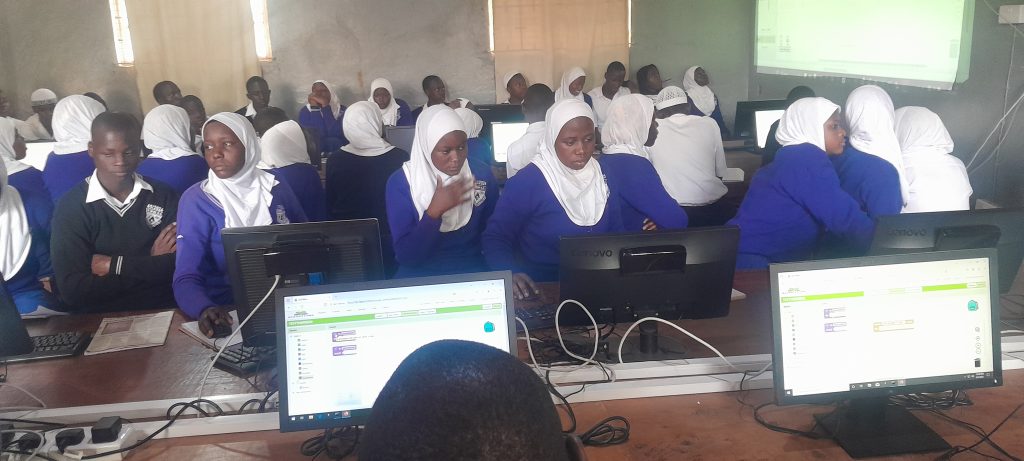What is Artificial Intelligence (AI)?

Artificial Intelligence (AI) is the ability of machines and computer systems to perform tasks that usually require human intelligence. These tasks include learning from data, solving problems, making decisions, recognizing voices or faces, and even generating new ideas or content. Unlike traditional computer programs that only follow fixed instructions, AI systems can adapt, improve, and make predictions based on the information they receive.
At its foundation, AI is built on three main ideas:
- Data – AI learns from examples. For instance, if you give an AI system thousands of pictures of cassava plants—some healthy and some diseased—it can learn to tell the difference and later identify the health of a new cassava plant.
- Algorithms – These are sets of rules or mathematical instructions that guide the AI in finding patterns, making predictions, or giving recommendations.
- Models – Once trained with data, AI develops a “model” that can be used repeatedly. For example, a model can predict tomorrow’s weather or translate Luganda to English.
Types of AI Models
- Machine Learning (ML): This is the backbone of most AI today. ML systems improve automatically through experience. For example, a mobile money fraud detection system becomes smarter as it reviews more transaction data.
- Deep Learning (DL): A specialized type of ML that uses artificial neural networks, inspired by the human brain. Deep learning powers technologies like voice assistants (Google Assistant, Siri) and facial recognition systems.
- Large Language Models (LLMs): These are advanced AI models trained on massive amounts of text. They can understand, generate, and summarize human-like language. Tools like ChatGPT or Google Bard are examples. In Uganda, an LLM could be trained on Luganda, Lusoga, or Runyankore texts to support local language education.
AI in Everyday Life in Uganda
You may not realize it, but AI is already around you:
- Transport: SafeBoda and Uber use AI to calculate fares and predict arrival times.
- Banking & Mobile Money: AI detects unusual transactions and prevents fraud.
- Agriculture: Farmers can use AI-powered apps to detect crop diseases or predict rainfall patterns.
- Health: AI chatbots can answer basic medical questions, while hospitals may use AI to interpret X-rays.
- Education: AI tutors or learning apps adapt to a student’s pace, helping them grasp Mathematics or Science better.
Why Should ICT Clubs Learn AI?
For young innovators in ICT Clubs, AI is more than a tool—it is an opportunity to solve local challenges. Imagine:
- A student team building a chatbot that answers common NCDC curriculum questions.
- A project that uses AI to translate health information into local languages for communities.
- A school AI model that predicts the best times to plant crops based on past weather data.
When we learn AI, we are not just preparing for jobs of the future, but also becoming creators of solutions today. The future belongs to those who understand how to harness AI for sustainable development.








